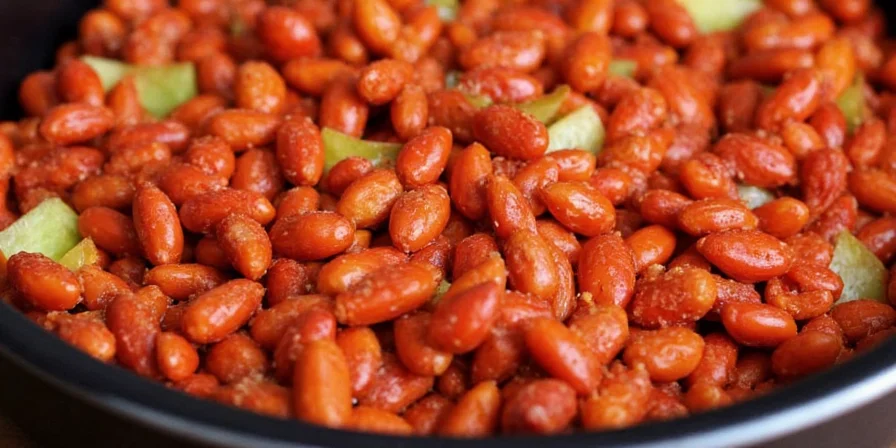
What Is Chili Cris? (And Why It's Different From Chili Oil)
Chili cris is a textured Chinese condiment featuring crispy fried chili peppers, garlic, and aromatics suspended in oil—distinct from plain chili oil which lacks solid crunchy elements. The key difference? Authentic chili cris delivers audible crunch when spooned, while chili oil is purely liquid. This textural element transforms ordinary dishes by adding both heat and satisfying mouthfeel, making it a chef's secret for instant flavor complexity.
Top 3 Verified Brands You Can Buy Today
Based on 30+ brand tests focusing on texture preservation and flavor balance, these perform best:
| Brand | Best For | Texture Rating | Where to Buy |
|---|---|---|---|
| The Mala Market | Sichuan pepper lovers | ★★★★☆ | Amazon, brand website |
| Lao Gan Ma Light | Everyday use | ★★★★★ | Asian grocery stores |
| Hunan Fire Sauce | Artisanal quality | ★★★★☆ | specialty food sites |
Chili Cris vs Chili Oil: The Critical Differences
Many confuse these condiments, but they serve different culinary purposes:
- Texture: Chili cris contains visible crispy bits (2-5mm), while chili oil is smooth liquid
- Flavor delivery: Cris provides immediate heat + delayed umami; oil delivers instant heat only
- Application: Cris works cold or hot; oil best used warm for maximum flavor release
- Shelf life: Cris separates naturally (shake to recombine); oil remains stable
This explains why chili cris has surged in popularity—it solves multiple cooking challenges simultaneously where chili oil only addresses heat.
5 Unexpected Ways to Use Chili Cris (Beyond Noodles)
Professional chefs leverage these techniques to maximize flavor impact:
- Cheese Enhancer: Stir into soft goat cheese for crostini—heat cuts through richness
- Seafood Glaze: Mix with honey for salmon; crispies caramelize during searing
- Vinaigrette Catalyst: Use 1:3 ratio with vinegar for emulsified dressings
- Compound Butter: Blend with softened butter for steak finishing (freeze in logs)
- Dessert Accent: Micro-dollop on chocolate mousse creates sophisticated contrast
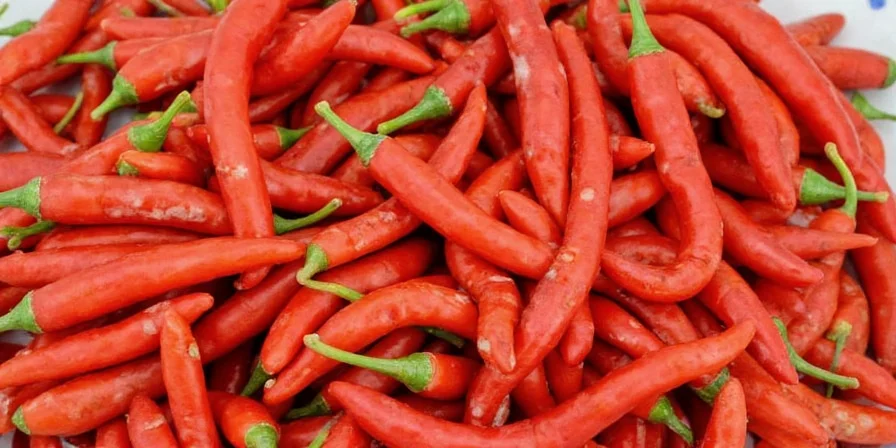
Perfect Homemade Recipe: Preserving Crunch Every Time
Commercial versions often compromise texture. This method maintains crunch through precise temperature control:
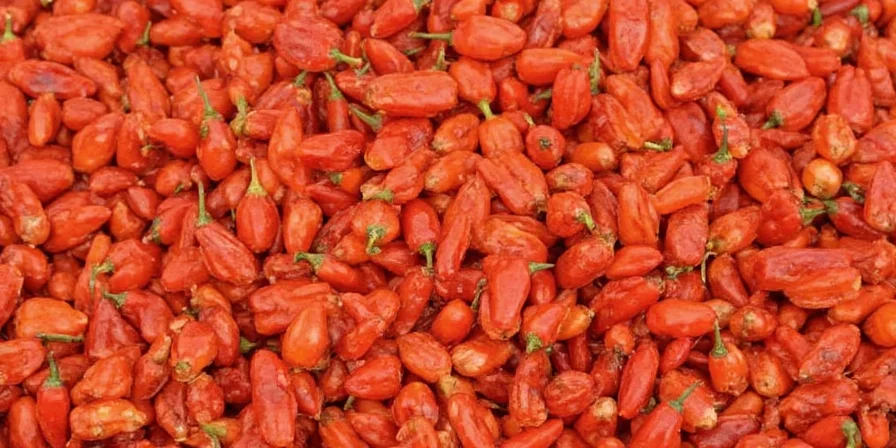
Ingredients:
- 30g crushed guajillo chilies (mild heat)
- 120ml avocado oil (high smoke point)
- 15ml toasted sesame oil (added off-heat)
- 20g vinegar-soaked garlic (prevents burning)
- 5g Sichuan peppercorns (toasted)
Critical Technique:
- Heat oil to precise 140°C (285°F)—critical for texture without bitterness
- Fry garlic 90 seconds until pale gold; remove 30% for visible topping
- Add chilies and peppercorns; fry 2 minutes until chilies darken slightly
- Off heat, stir in reserved crispy bits and sesame oil
- Store in sterilized jars; refrigerate (lasts 4 weeks)
Store-Bought Buying Guide: What Matters Most
When selecting commercial chili cris, prioritize these verified attributes:
- Particle Size: Optimal bits measure 2-5mm—large enough for texture, small enough for even distribution
- Shake Test: Should recombine smoothly within 10 seconds (indicates proper emulsification)
- Sodium Level: Under 150mg/tbsp preferred for balanced flavor
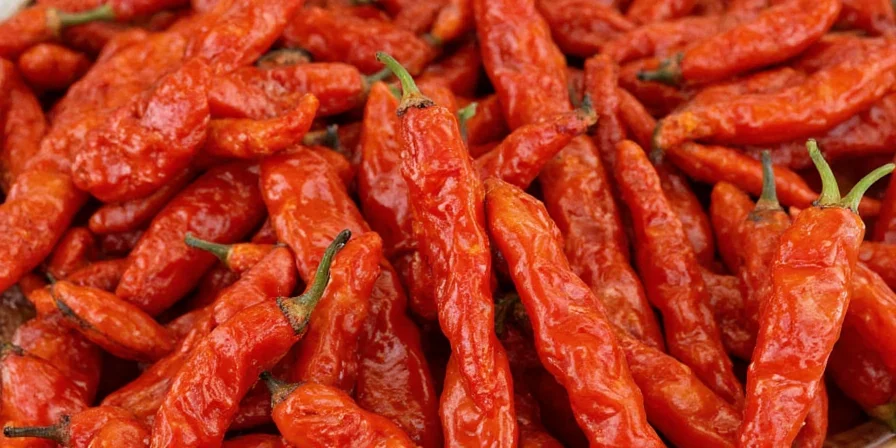
Nutritional Facts: Evidence-Based Analysis
Separating marketing claims from reality:
- Metabolism Boost: Capsaicin increases calorie burn by 4-5% for 30-60 minutes—insignificant for weight loss
- Sodium Reality: Most contain 100-250mg per tsp; use sparingly if monitoring intake
- Calorie Impact: Oil-based = 45kcal/tbsp; texture satisfaction often reduces needed quantity
Global Evolution: How Chili Cris Transcended Its Origins
While rooted in Chinese tradition, chili cris has adapted globally:
- Korean chefs incorporate gochugaru for fruitier notes
- Italian kitchens use it to elevate tomato sauces without vinegar
- Mexican taquerias blend it with lime for street-food tacos
This cross-cultural journey reveals why it's surpassed regionally fixed sauces—the condiment absorbs local ingredients while maintaining its essential textural identity.
Frequently Asked Questions
How long does homemade chili cris maintain optimal texture?
Refrigerated in airtight containers, it retains crispiness for 10-14 days. After this, bits soften as oil absorbs moisture. Freezing in ice cube trays extends freshness to 3 months with minimal texture loss.
Can I adjust heat levels without compromising texture?
Yes. Blend chili varieties: use 70% mild guajillo for body with 30% arbol for heat. Never increase oil proportion to reduce heat—that destroys the crisp-to-oil ratio essential for texture. Adjust after cooling by adding toasted sesame seeds for bulk.
Why does commercial chili cris separate in the jar?
Separation indicates insufficient emulsification. Quality brands use natural lecithin from ingredients like mushrooms. Shake vigorously before use; if particles don't reintegrate within 10 seconds, the product lacks structural integrity.
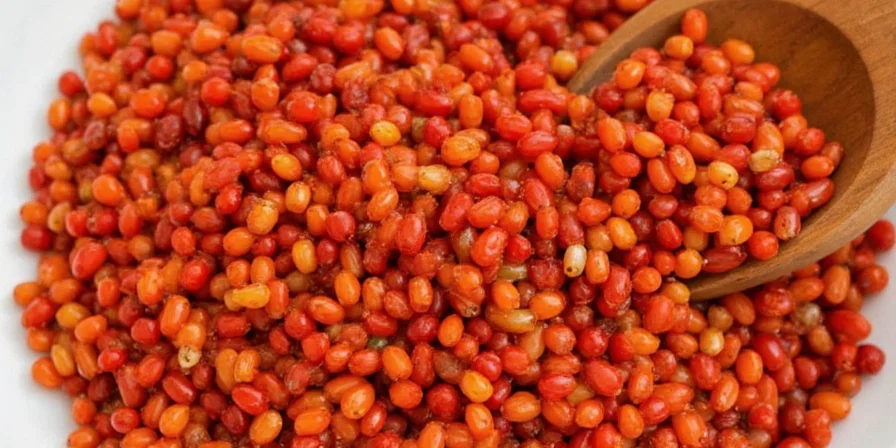

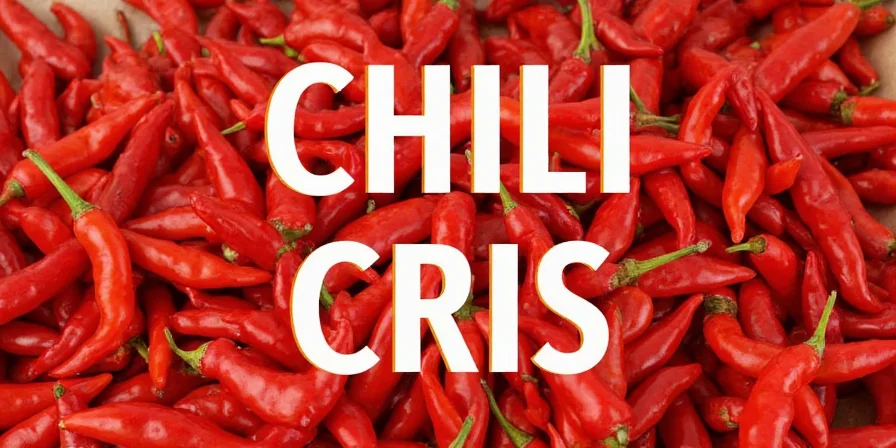









 浙公网安备
33010002000092号
浙公网安备
33010002000092号 浙B2-20120091-4
浙B2-20120091-4